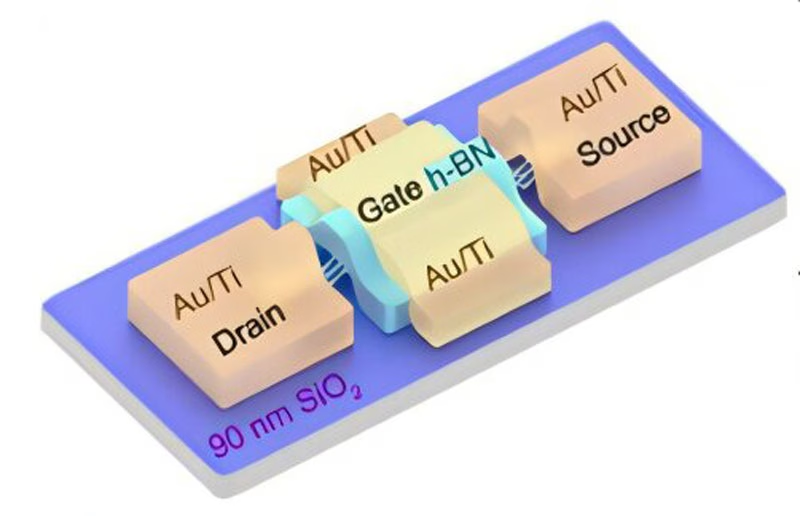An international group of scientists has, for the first time, experimentally proven the manifestation of the ferroelectric effect in tellurium, a single-component material. Ferroelectrics are generally compounds, making their application more difficult and expensive. To confirm this phenomenon, scientists went further and created a prototype field-effect transistor with a nanowire channel, paving the way for future memory and neuromorphic computing.
“Firm electric materials are substances that can accumulate an electric charge and store it even when the power is turned off, and their charge can be changed using an external electric field – a necessary feature for non-volatile memory devices,” explain the study’s authors. study published Nature Communication.
The possibility of the ferroelectric effect in single-component materials was known only theoretically. Scientists from Tohoku University, together with colleagues from other countries, have shown that this effect is possible on nanowires made of tellurium (Te). In essence, this is a 2-dimensional material in which the ferroelectric effect occurs as follows: “Unique displacement of atoms in the one-dimensional chain structure of tellurium”. This phenomenon was determined using piezo-resonance force microscopy and high-resolution transmission scanning electron microscopy.
Based on the discovery, scientists developed a new device; An auto-gating (SF-FET) ferroelectric field effect transistor that combines ferroelectric and semiconductor properties in a single device. The experimental SF-FET transistor demonstrated outstanding data retention, high switching speed (less than 20 ns), and an impressive write density exceeding 1.9 TB/cm.2.
“Our breakthrough discovery opens new possibilities for next-generation memory devices, where the high mobility and unique electronic properties of tellurium nanowires can help simplify device architectures, — the authors explain. It provides neuromorphic computing that mimics the functioning of the human brain. “The results obtained can help reduce energy consumption in electronic devices and meet the need for sustainable technologies.”













